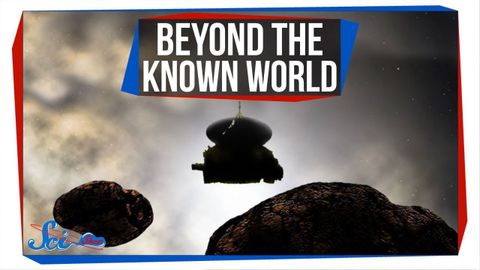
Subtitles & vocabulary
Get Ready: New Horizons Is Approaching Its Next Target | SciShow News
00
林宜悉 posted on 2020/03/30Save
Video vocabulary
episode
US /ˈɛpɪˌsod/
・
UK /'epɪsəʊd/
- Noun
- One separate event in a series of events
- Show which is part of a larger story
B1TOEIC
More evidence
US /ˈɛvɪdəns/
・
UK /'evɪdəns/
- Uncountable Noun
- Factual proof that helps to establish the truth
- Information presented in court to prove or disprove alleged facts.
- Transitive Verb
- To indicate clearly; to be evidence of.
- To show clearly; prove.
A1TOEIC
More ancient
US /ˈenʃənt/
・
UK /'eɪnʃənt/
- Adjective
- Very old; having lived a very long time ago
- Relating to a period in history, especially in the distant past.
- Noun
- A person who lived in ancient times.
A2
More associate
US /əˈsoʊʃiˌeɪt/
・
UK /ə'səʊʃɪeɪt/
- Countable Noun
- Partner in professional work, e.g. in law
- Verb (Transitive/Intransitive)
- To spend time with other people; mix with
- To form a connection in your mind between things
B1TOEIC
More Use Energy
Unlock All Vocabulary
Unlock pronunciation, explanations, and filters
